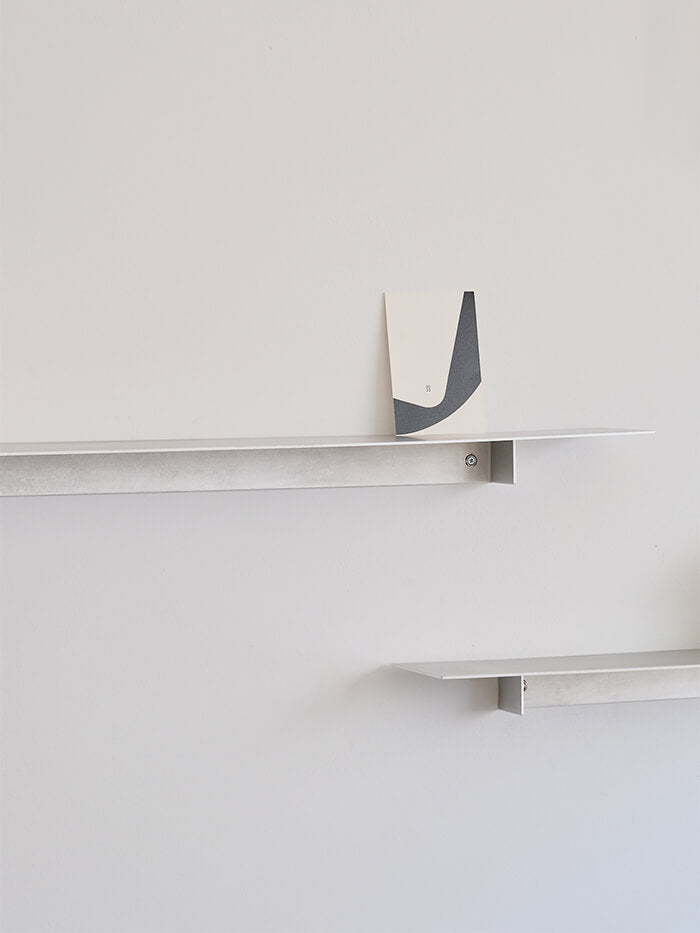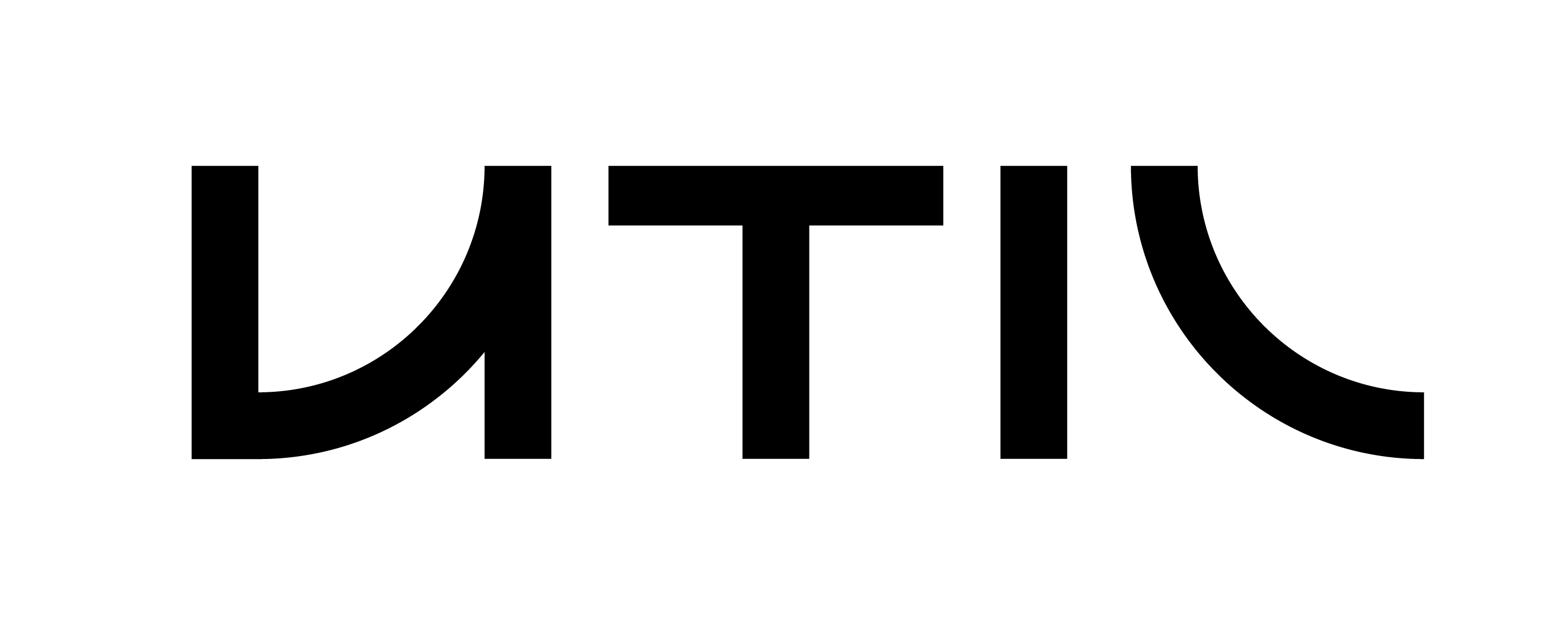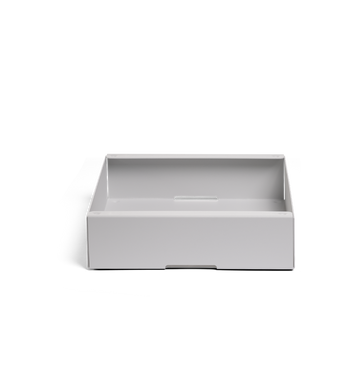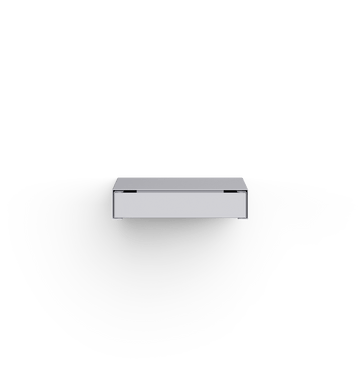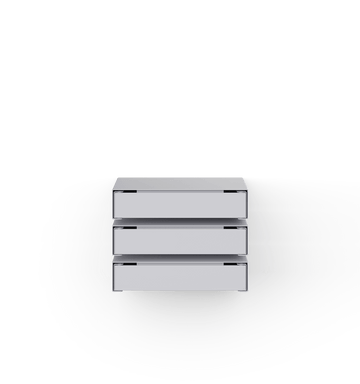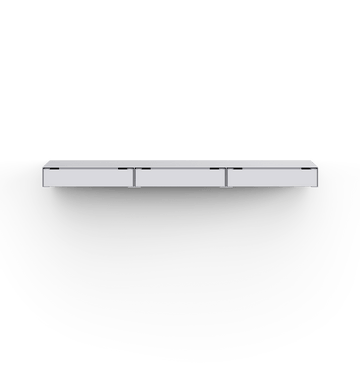Pedro Alfacinha is our dear friend. Pedro is also our main photographer, the one we rely upon to create the very same blog where he and his house are being portrayed now. This time we’ve switched roles. He invited us to his home and cooked a lunch we won’t forget any time soon.

His space has a unique ambiance. One we cannot dissociate with Pedro and his family: his wife Maria, and Teresa and Paloma their children. As soon as you step inside, you’re struck by its nautical feel. The volumes, lighting, and wooden lining resemble a boat, not unlike the ones you can glimpse through the windows, at anchor in the Paço de Arcos bay. But it’s through its carefully selected objects that you can get a glimpse of their world. A perfect intersection of contemporary art, family memorabilia, and vintage domestic objects that trigger feelings of domesticity, nostalgia and warmth.



He was born and raised in Lisbon; but it was his life abroad that challenged his perspectives and propelled his career in unexpected ways. Having moved to London to pursue his studies in Photography, Pedro played a pivotal role at the foundation of MACK, a book publisher renowned for its exquisite editions of the work of legends such as Paul Graham, Thomas Demand, and Luigi Ghirri just to name a few.





Since his return to Lisbon, Pedro’s multifaceted involvement in the world of photography has seen him run a celebrated art-gallery for a few years, before taking up teaching, curating and the development of his own practice full-time. In the past year not only was he entrusted with curating the first Luigi Ghirri exhibition in Lisbon, but he also published his own book, 1985, with publisher Skinnerboox.



Beyond being fluent in “all things” photography, we can’t help but mention his curiosity and devotion to cooking food that will knock everyone out with pleasure. That’s how he’s most likely to be found at home: cooking up something exotic for everyone while being totally available to discuss any pressing issue: from the best way to catch and cook a Sea Bass to passages from Goethe’s “Italian Journey”


Words by Tomás Carvalhas
Pictures by Manuel Amaral Netto
